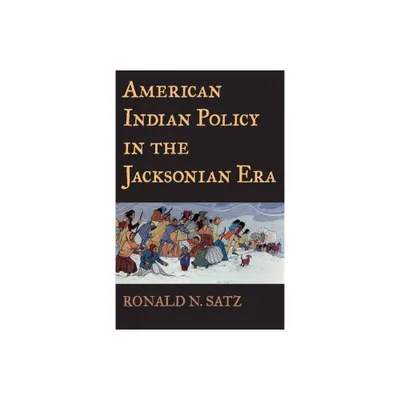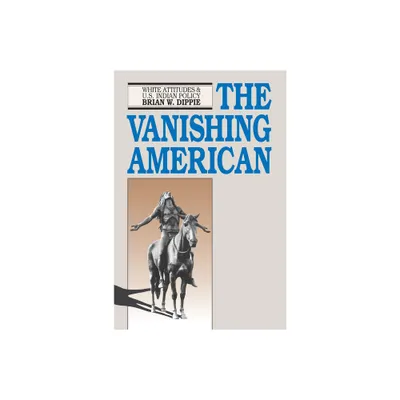Home
The Vanishing American: White Attitudes and U.S. Indian Policy
Loading Inventory...
Barnes and Noble
The Vanishing American: White Attitudes and U.S. Indian Policy
Current price: $29.99


Barnes and Noble
The Vanishing American: White Attitudes and U.S. Indian Policy
Current price: $29.99
Loading Inventory...
Size: OS
*Product Information may vary - to confirm product availability, pricing, and additional information please contact Barnes and Noble
Not long after the white man stepped ashore in North America he began killing Indians and pushing those that survived farther and farther west. And what of his conscience? Well, he invented a convenient explanation: Indians are a vanishing race, doomed to extinction anyway.
That belief not only persisted, writes historian Brian Dippie, but it also spread throughout American culture. Soon the "vanishing Indian" appeared in science, literature, art, popular culture, and, most importantly, federal policy.
"The assumption that the Indians are a vanishing race has about it the quality of self-fulfilling prophecy," Dippie writes. In this classic study, first published in 1982, he traces the origins of this assumption and documents its insidious effects on U.S. policy toward Indians from the beginning of the nation's history through the Indian New Deal of the 1930s. He describes its role in early attempts at civilization and education, segregation of Indians west of the Mississippi, post-Civil War reform, the Dawes Act and allotment, the gradualism of early twentieth-century policy, the reform movement of the 1920s, John Collier's Indian Reorganization Act, and into the 1970s.
That belief not only persisted, writes historian Brian Dippie, but it also spread throughout American culture. Soon the "vanishing Indian" appeared in science, literature, art, popular culture, and, most importantly, federal policy.
"The assumption that the Indians are a vanishing race has about it the quality of self-fulfilling prophecy," Dippie writes. In this classic study, first published in 1982, he traces the origins of this assumption and documents its insidious effects on U.S. policy toward Indians from the beginning of the nation's history through the Indian New Deal of the 1930s. He describes its role in early attempts at civilization and education, segregation of Indians west of the Mississippi, post-Civil War reform, the Dawes Act and allotment, the gradualism of early twentieth-century policy, the reform movement of the 1920s, John Collier's Indian Reorganization Act, and into the 1970s.


















